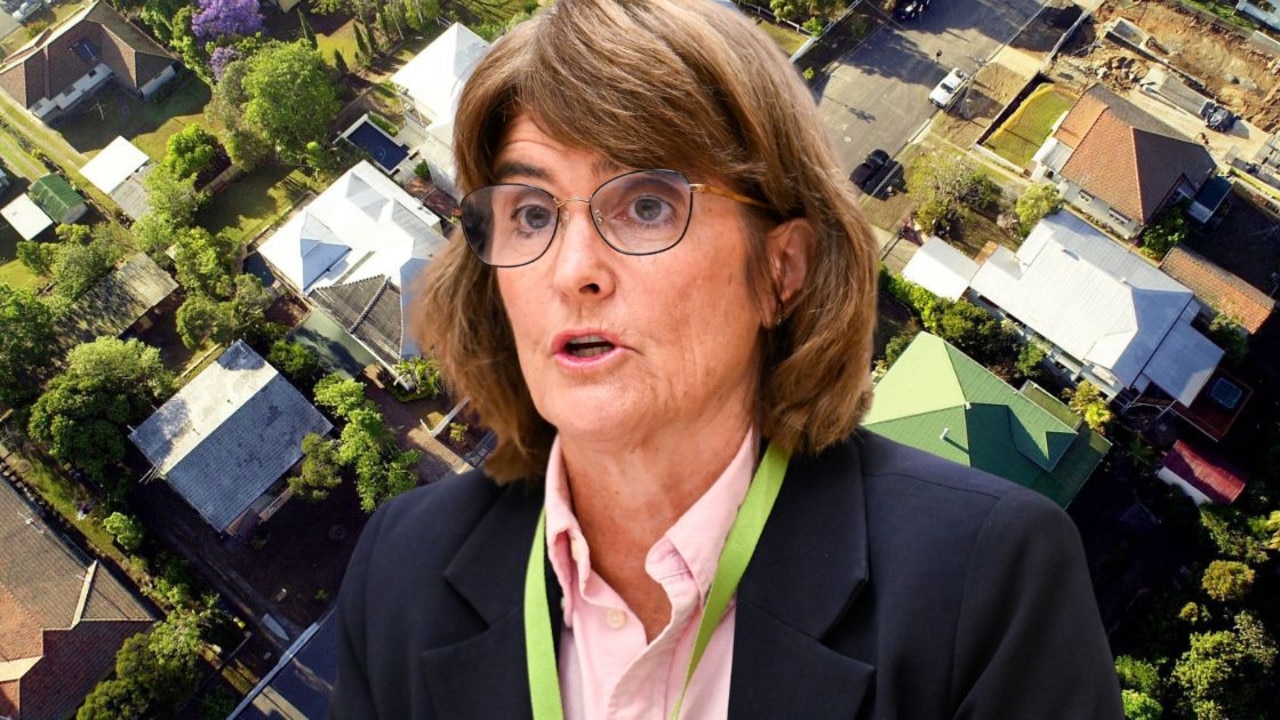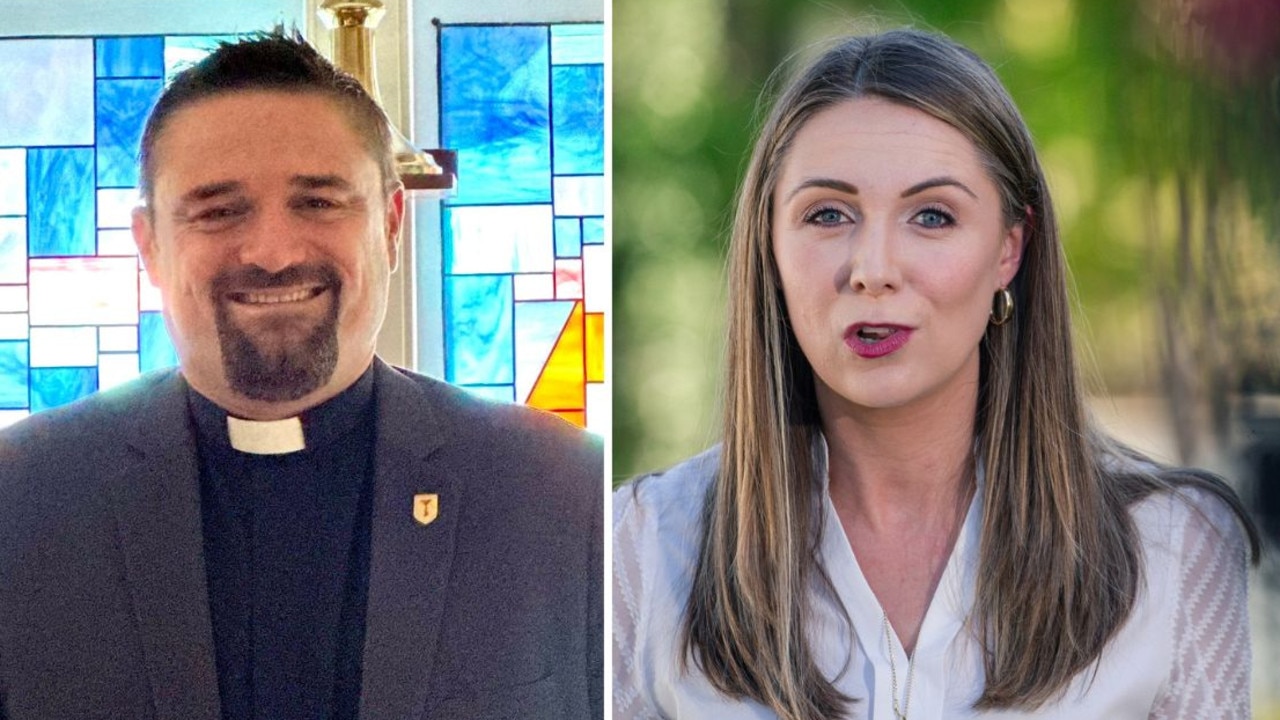WWII fighter pilot and TSS old boy Alan Radcliffe mourned
The flags have flown at half-mast at one of Queensland’s most prestigious schools following the death of a former student who went on to become a much-loved teacher - but not before a heroic stint as a fighter pilot in World War II.
CM Insight
Don't miss out on the headlines from CM Insight. Followed categories will be added to My News.
THE flags at The Southport School are at half-mast this week in honour of long-time teacher and World War II fighter pilot Alan Radcliffe, a man who inspired countless students to fly high too.
He died on June 6 at the age of 97, unafraid and content that he had lived a marvellous life with wonderful family and friends.
His daughter Barbara said Alan’s character was shaped by having to face tough times during the war, and that he appreciated everything about life after the battles were over.
The citation that accompanied his Distinguished Flying Cross lauded Alan’s courage and devotion to duty, saying he had participated in a very large number of sorties and that he was a highly skilled and resolute pilot whose keenness to engage the enemy set a fine example to all.
It highlighted the time that after one combat mission he had flown back to base in a burning, bullet-riddled Spitfire and landed it safely on an unfinished airfield.
One of his former TSS students, Bert Cockerill, now 82, remembered Alan as a “marvellous, inspiring teacher’’, even though he was sometimes distracted by the students constantly asking him to tell them war stories.


Alan was the oldest Old Boy at The Southport School and started there aged five.
In 1928, the great aviator Bert Hinkler, celebrating his record-breaking flight from England with a Tour of Triumph around Australia, landed his tiny biplane on the Southport golf course so he could attend The Southport School’s sports day.
As a child Alan watched hawks swoop down on to the waters of the Nerang River and ride the thermals as they rose high into the sky again.
He made model aeroplanes and sailed on the Nerang River in a 3m canoe.
His two favourite sayings in life were: “It’s not so much the intelligence (that counts) but the motivation ... you can’t measure motivation” and “The best way to land a damaged Spitfire is with the wheels up”.
Alan John Radcliffe was born in Brisbane on September 9, 1921.
One grandfather was A.J. Raymond, former lord mayor of Brisbane, and the other was Philip Walker Radcliffe, Queensland’s Inspector of Schools.

In 1936, aged 15, Alan went with his parents to England so that his father Jack, who had received a Military Cross in World War I, could finish his Rhodes Scholarship at Oxford, which had been interrupted by the carnage on the Western Front.
Jack became a headmaster at TSS and was also a Queensland champion in golf and tennis.
Alan was a member of the TSS First XV rugby team which won the GPS premiership in 1938. He was also a school swimming champion.
He left school to work at the National Bank before joining the RAAF.
Alan trained on little Tiger Moth biplanes at Narromine in NSW and, as part of Six Squadron RAF, he flew Hawker Hurricanes close to the ground in North Africa as they aimed their anti-tank cannons at the marauding Panzer tanks of Germany’s Desert Fox, Erwin Rommel.
Then Alan started flying Spitfires in the invasions of Sicily and Southern Italy.
At 23, he was made squadron leader and Commanding Officer of the 241 Squadron RAF.
He was due to fly Spitfires out of Darwin against the Japanese when the war ended.
Alan then took up a teacher’s position at TSS junior school for three years and married Elise, who everyone called Micky.
They had three children together, Bill, Libby and Barbara. Libby died in 1989 from dengue fever.

Alan studied to achieve his Bachelor of Arts externally from the University of Queensland and, with his father Jack now the TSS headmaster, he became a senior schoolmaster teaching mainly geography.
In 1960, Alan suffered a massive cerebral haemorrhage and had to give up coaching his Firsts football and swimming teams, but he remained devoted to the school cadets program for 25 years.
Radcliffe House, a TSS day house founded in 1975, was named in Alan’s honour just two years before his early retirement.
Alan and Micky travelled extensively and Alan was Rear Commodore of the Southport Yacht Club. He motored to the Whitsundays and raced offshore.
His beloved Micky died in 2015 and Alan spent his last few years making new friends, playing cards at his retirement village in Durack and keeping his brain sharp with Scrabble and Sudoku on his new iPad.
A commemoration of Alan’s life will be held in the Auditorium at Aveo Durack at 11am next Monday.
He and Micky devoted much spare time to their church after his retirement in 1977.
When Alan was told that his end was close and asked if he wanted to see a chaplain, the old fighter pilot was as pragmatic and brave as ever.
“No thanks,’’ he said. “I’ve got a direct line.’’


